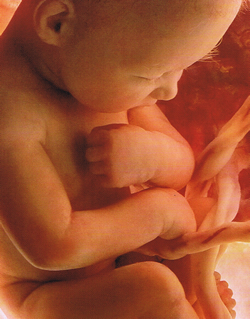Common Signs And Symptoms Of Labor
 Knowing what the early symptoms and signs of labor are will ensure that when you do start labor you will know what are true symptoms of labor and what are just symptoms of Braxton Hicks.
Lets look at the funamental differences between real labor and Braxton Hicks.
Knowing what the early symptoms and signs of labor are will ensure that when you do start labor you will know what are true symptoms of labor and what are just symptoms of Braxton Hicks.
Lets look at the funamental differences between real labor and Braxton Hicks.
Labor Sign : Your baby drops
As you approach your due date you may feel your baby drop into your lower stomach. This new position will lower your center of gravity and allow you to breathe a little easier. Your baby may drop just before labor begins, or it may stay there for up to a month before you go into labor.Labor Sign : Ripening of the cervix
Your cervix will prepare for birth by softening and thinning out, also known as effacing. Your cervix will decrease from about 1.5 inches in thickness to just a few mm thin. Of course, you won’t be able to feel the actual thinning process, but it will be detected by a pelvic exam.Labor Sign : Bloody Show
During pregnancy your cervical opening will become blocked with a thick plug of mucus that prevents bacteria from entering the uterus. When your cervix begins to thin and relax, this mucous plug is sometimes discharged. This is a sign that labor might begin soon. However, not all women will experience a bloddy show and it may be possible for labor to start without having this.Labor Sign : Your water breaks
Sometimes the amniotic sac breaks or leaks before labor begins and the fluid that has being protecting your baby comes out in a trickle or sometimes even a gush. Most women may never actually experience this symptom of labor either. In fact only 1 in every 10 pregnancies will a women experience her “water breaking”.Labor Sign : Contractions
Contractions are known as the most reliable of all labor signs. Although other signs may or may not indicate the beginning of labor, contractions are the real thing unless you are experiencing Braxton hicks.Labor Signs


